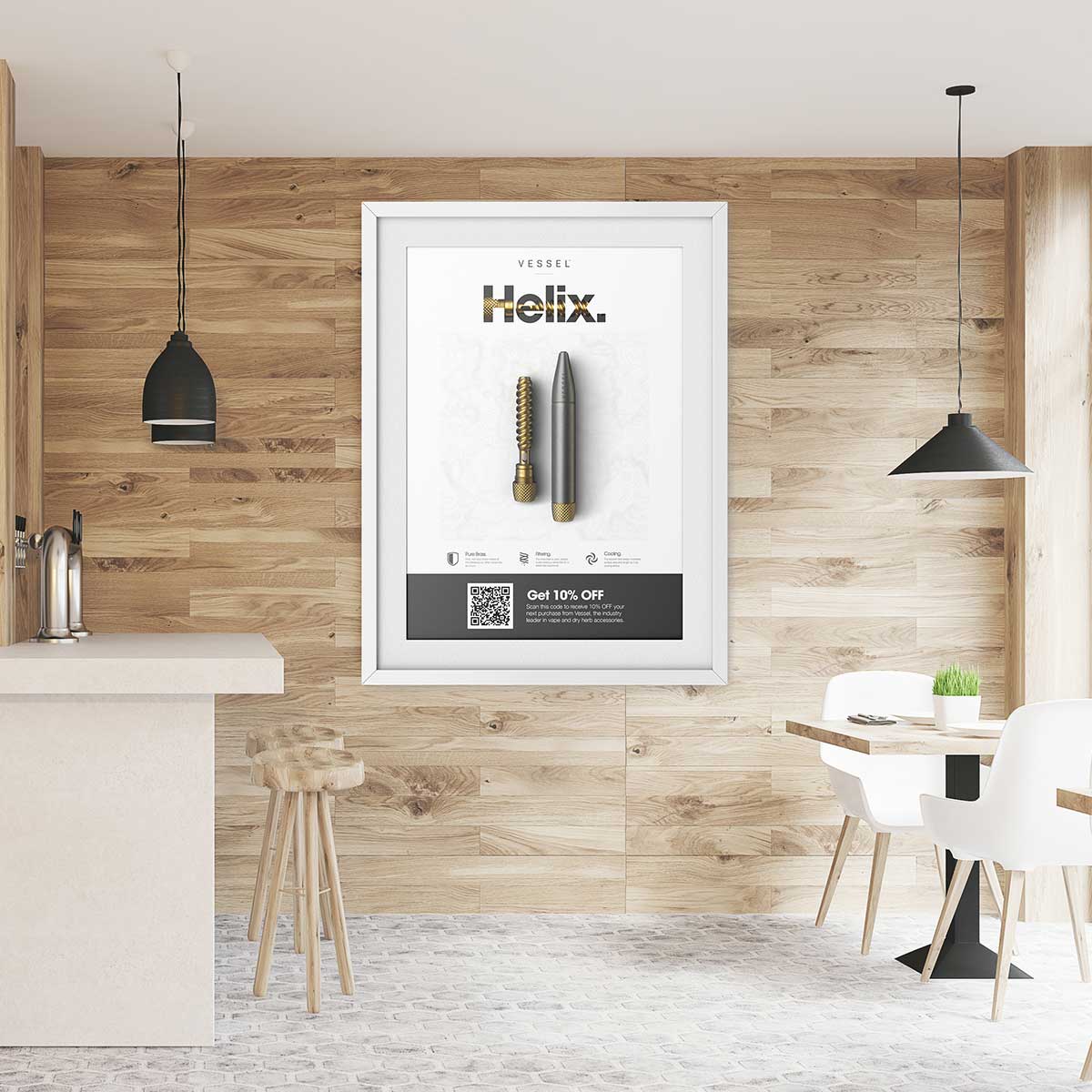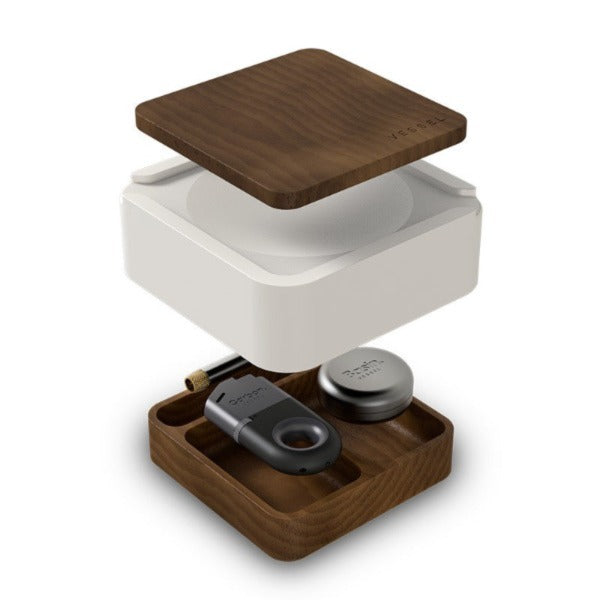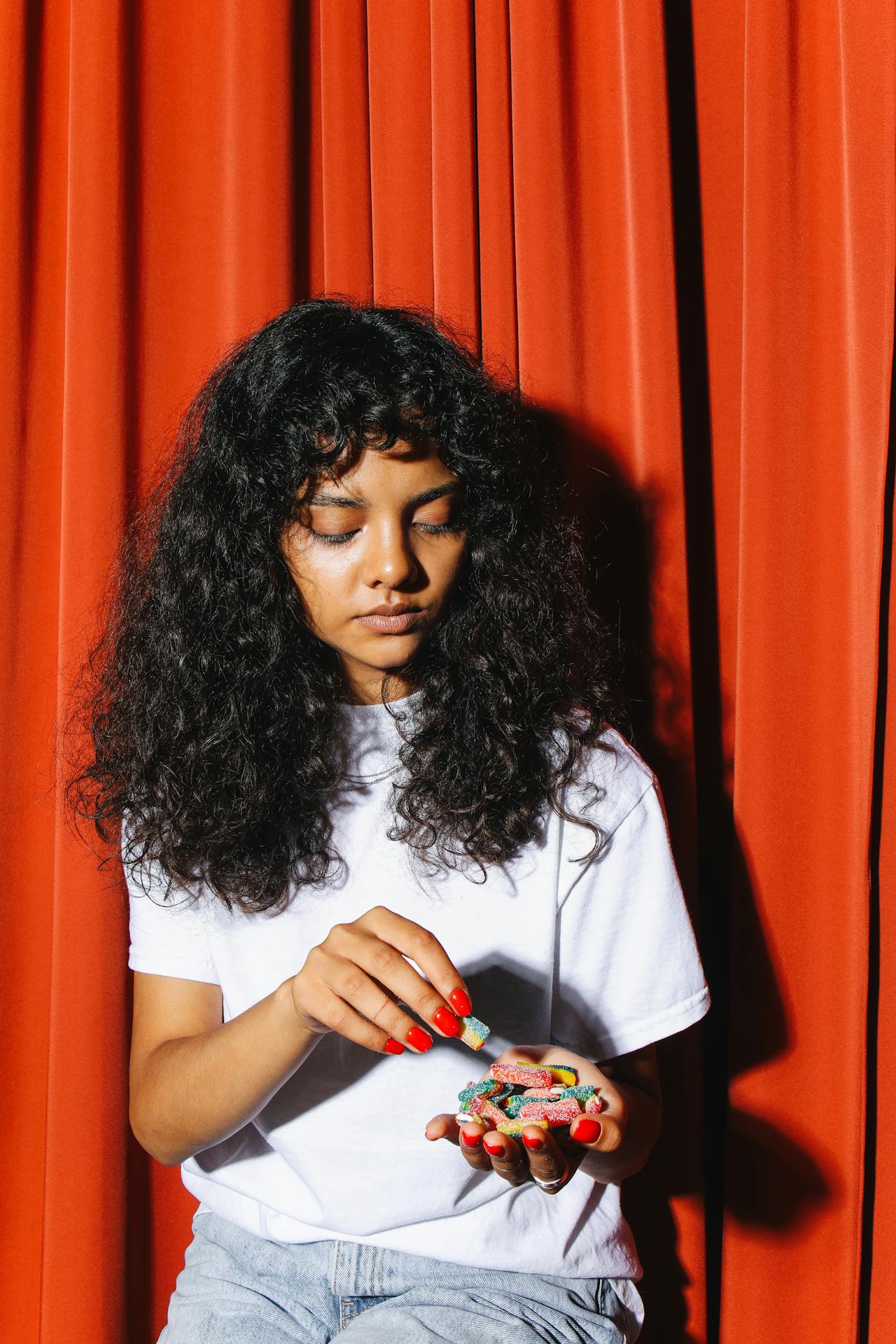
Have you ever wonderedwhat different colors of weed mean? While mostly known for its recognizable shade of green, weed can appear in a whole spectrum of colors. But there’s more to it than appearance, as colors also indicate chemical profiles and growing conditions.
If you want to learn more about these different colorful displays, we got your back. In this article, we’ll discuss common shades of weed, why they’re the way they are, their uses, and more.
What Weed Colors Mean
Colors may not tell you how potent weed is, but the shade does indicate a bit about your bud. Mainly the environment they were grown in, what temperature changes they were exposed to, and their acidity. Some growers try to manipulate the color of their crop by using special grow lights, but it's mostly due to environmental factors and genetics.
Here are some of the most common colors you'll see in weed—from blueberry hues to neon oranges—and what they mean.
|
Color |
Pigment/Compound |
Common Strains |
Effects and Characteristics |
|
Green |
Chlorophyll |
Most strains |
Most common color due to chlorophyll's role in photosynthesis |
|
Violet |
Anthocyanins |
Indica-dominant |
Fruity taste and smell |
|
Red |
Anthocyanins |
Hybrid (Ruderalis, Indica, Sativa) |
Offers a powerful body high; can be used medicinally |
|
Orange |
Carotenoids |
Hybrid |
Can signal nitrogen deficiency |
|
Yellow |
Carotenoids |
Hybrid |
Associated with a happy, creative high |
|
Blue |
Anthocyanins |
Indica-dominant |
Offers a sedative body high |
Shop Vessel's dry herb accessories
Green
Shop Vessel's dry herb accessories
Most of the weed we see today is green in color. That verdant hue is thanks to a pigment called chlorophyll, which is found in 70% of plants' pigments and is responsible for helping the plant absorb and convert light into energy. While most marijuana plants maintain their green coloring, if grown during colder months with shorter days, chlorophyll production can slow down and be replaced by other pigments.
Green strain examples include:
- Green Goblin
- Green Haze
- Green Crack
Violet
Shop Vessel's dry herb accessories
Everyone loves a good multi-colored bud! Thanks to a higher concentration of anthocyanins, certain weed strains can take on a purple hue, which makes them taste and smell a little more fruity. You'll find a lot of Indica-dominant strains with this coloring, as it comes from the plant's reaction to cold temperatures.
Violet strain examples include:
- Purple Urkle
- Granddaddy Purple
- Purple Haze
Red
Shop Vessel's dry herb accessories
While you've likely found some red hairs coating your bud, a truly red weed strain is rare as it's only created by a genetic mutation. Growers combine Ruderalis, Indica, and Sativa strains to come up with some of these ruby-toned beauties. And the powerful body high they provide makes them a great pick for medicinal users. Be cautious when selecting red weed, as the color can also be an indicator of a phosphorous deficiency.
Red strain examples include:
- Red Dragon
- Red Poison
- Pink Panther
Orange
Shop Vessel's dry herb accessories
The citrusy hue of orange weed doesn't necessarily mean it's more potent, but it does mean that carotenoids areverypresent. This pigment is responsible for the orange tone of your favorite veggies (like carrots and squash) and is more likely to grow in soils with a pH balance of 5.0 or less. However, this coloring can also signal the plant has a nitrogen deficiency.
Orange strain examples include:
- Orange Bud
- Nectarine
- Olive Oyl
Yellow
Shop Vessel's dry herb accessories
Another carotenoid-heavy pigment, yellow strains are not just pretty to look at. They also are said to produce a happier high that's popular among creatives. Expect more sensory awareness thanks to the high-THC content. The effect may not be caused by the color directly but tends to be associated with the bright hue.
Yellow strain examples include:
- Lemon Haze
- Golden Lemon
- Strawberry Banana
Blue
Shop Vessel's dry herb accessories
The cobalt blue hue of certain strains is an indicator that they have a high concentration of anthocyanins. Funny enough, all blue-toned strains can be traced back to Dutch Passion's Blueberry, which was created by an Amsterdam breeder in the '70s. Expect a heavy, sedative body high.
Blue strain examples include:
- Blue Haze
- Blue Cheese
- Blue Mystic
What Makes Weed Different Colors?
The pigments that give weed its various shades come from anthocyanins, a type of molecule responsible for the bright colors of many fruits and vegetables. What color they become depends solely on their pH levels, which are impacted by temperature and light exposure.
Anthocyanins can be found in the tissue of all different parts of the cannabis plant—the leaves, stalks, stems, calyxes, and even pistils. In addition to turning weed into your favorite hue, they're also powerful antioxidants that can help fight inflammation and provide other health benefits.
Are Colorful Buds More Potent?
Decades before high-level cannabis testing was available, many consumers believed that you could tell how potent weed was just by looking at its color. The more vibrant the shade, the more potent the strain—but that's not necessarily true.
The color of a strain is not an indicator of potency. In fact, sometimes, the opposite is true. Buds covered in white trichomes, for example, may not appear very visually potent, but in reality, they can actually be the most powerful.
So, what does color mean, then?
To Sum It Up
The color of your bud may tell you more than what meets the eye. Each hue is caused by a unique combination of genetics, environment, and growing techniques used during cultivation. So next time you're at the dispensary selecting your favorite strain, take an extra look at the colors—you may be surprised by what it tells you about your weed.
Frequently Asked Questions
Why is my weed different colors?
The color of your weed is largely determined by the strain and genetics, as well as the environment it was grown in. Different colors may signify certain qualities of the plant, such as its nutritional deficiencies and pH balance.
What color is good quality weed?
As long as it isn't brown or fading, most colors are an indicator of good quality weed. Look for bright, vibrant hues in a variety of colors to ensure the best smoke.
What color is a healthy weed plant?
While a bright and vibrant green is usually an indicator of a healthy weed plant, other colors like purple, orange, yellow and red are also signs of good health. As long as the plant is vibrant and free from discoloration, you should be in the clear.














Leave a comment (all fields required)